German Shorthaired Pointer
GSP, Deutsch Kurzhaar
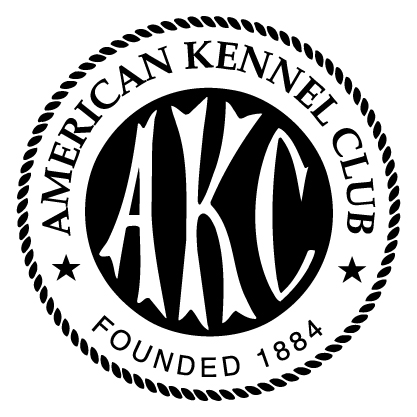 akc
akc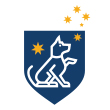 ankc
ankc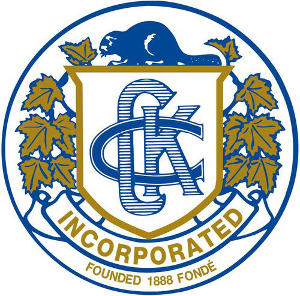 ckc
ckc fci
fci nzkc
nzkc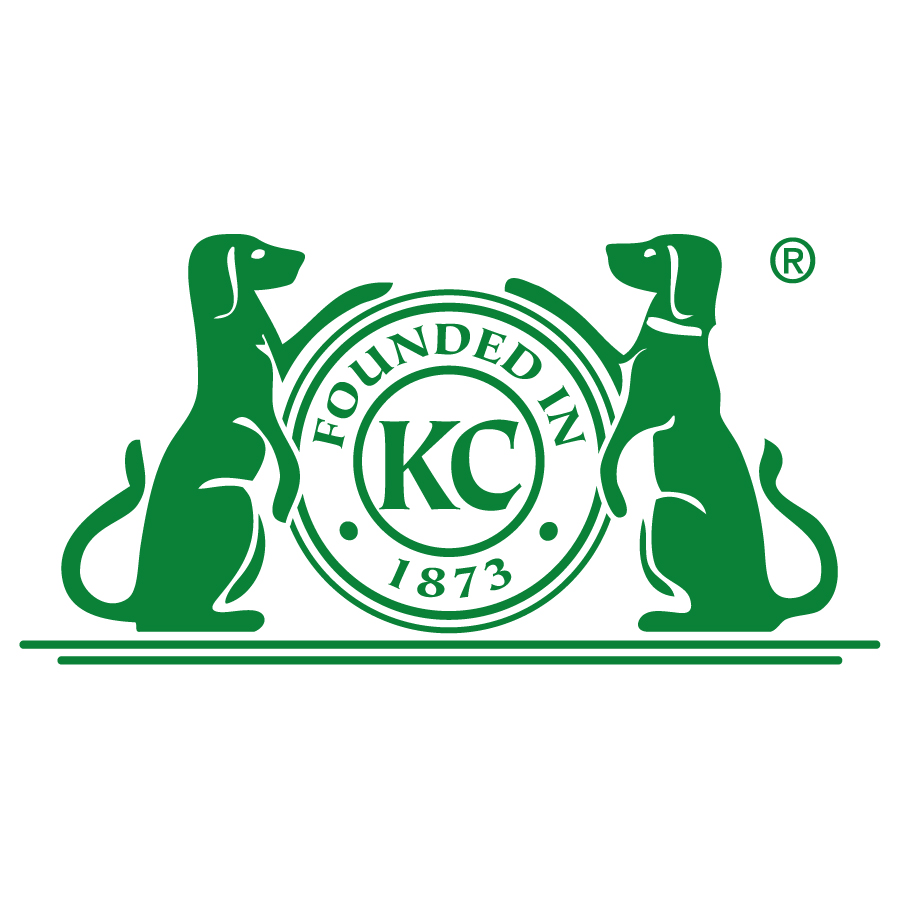 rkc
rkc ukc
ukc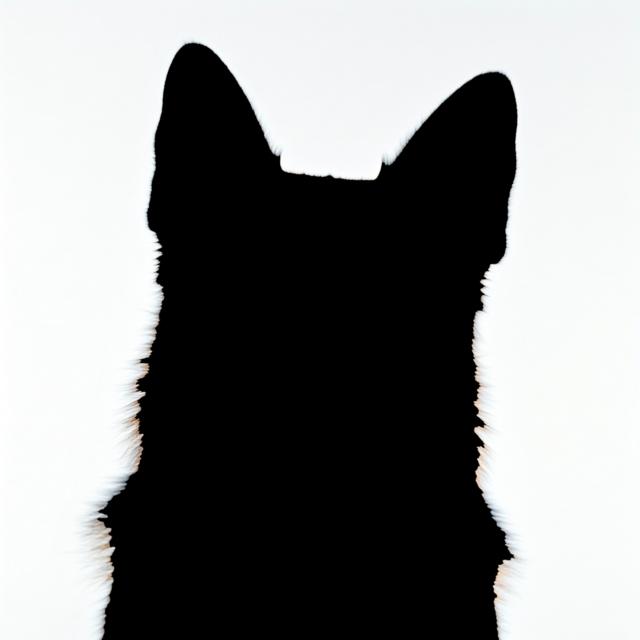
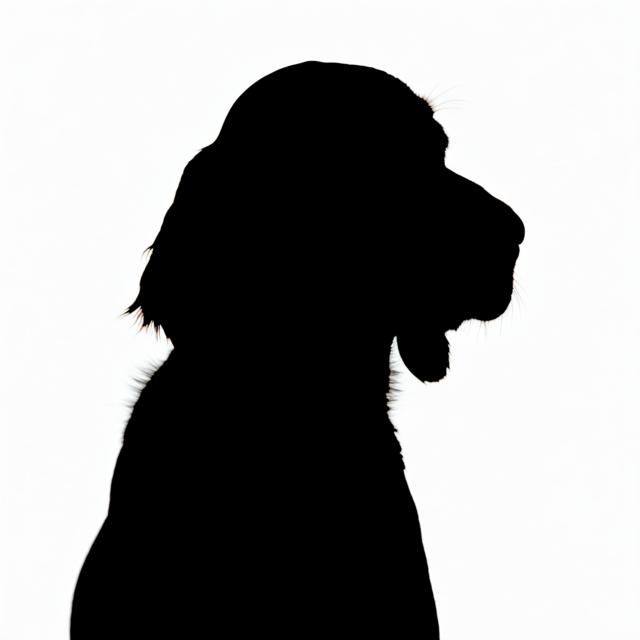
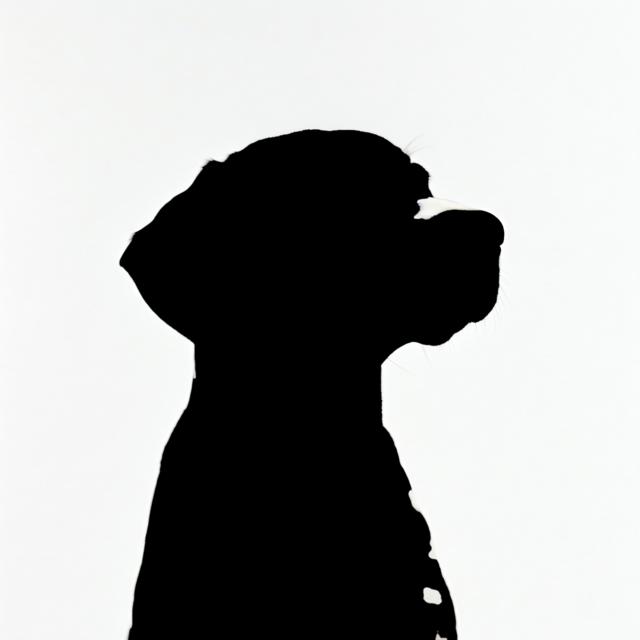
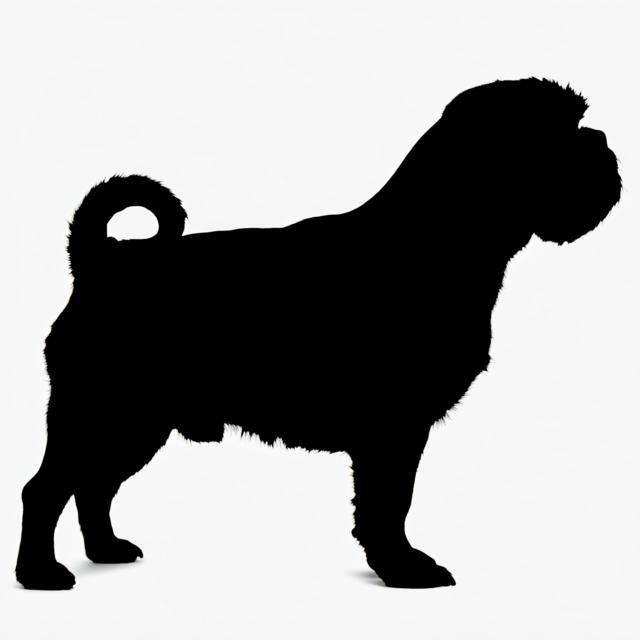
Summary
- The German Shorthaired Pointer is a versatile hunting dog known for its intelligence, energy, and affectionate nature. They require significant daily exercise and thrive on consistent training and socialization.
Origin and Purpose
- Germany
- Versatile hunting dog, pointing and retrieving game
Appearance
Dimensions
| Gender | Height | Weight |
|---|---|---|
| Female | 21-23 inches | 45-60 pounds |
| Male | 23-25 inches | 55-70 pounds |
Coat
| Attribute | Notes |
|---|---|
| Color |
|
| Type |
|
| Length |
|
Care
| Attribute | Notes |
|---|---|
| Shedding |
|
| Grooming |
|
| Drooling |
|
Body
| Attribute | Notes |
|---|---|
| Head |
|
| Skull |
|
| Ears |
|
| Eyes |
|
| Nose |
|
| Muzzle |
|
| Teeth |
|
| Neck |
|
| Forequarters |
|
| Fore Legs |
|
| Hindquarters |
|
| Hind Legs |
|
| Feet |
|
| Tail |
|
| Gait |
|
Temperament
- Intelligent, enthusiastic, eager to please, affectionate, and energetic
Social
| Attribute | Notes |
|---|---|
| Affectionate with Family |
|
| Good with Children |
|
| Good with Dogs |
|
| Good with Cats |
|
| Openness to Strangers |
|
| Playfulness Level |
|
| Protective Nature |
|
| Adaptability Level |
|
Working Roles
- Hunting
- Pointing
- Retrieving
- Agility
- Obedience
- Search and rescue
Exercise Needs
- High, requires daily vigorous exercise
Health
- Hip dysplasia
- Elbow dysplasia
- Hypothyroidism
- Progressive Retinal Atrophy (PRA)
- von Willebrand’s Disease
Additional Notes
- Requires consistent training and socialization
- Can be prone to separation anxiety if left alone for long periods